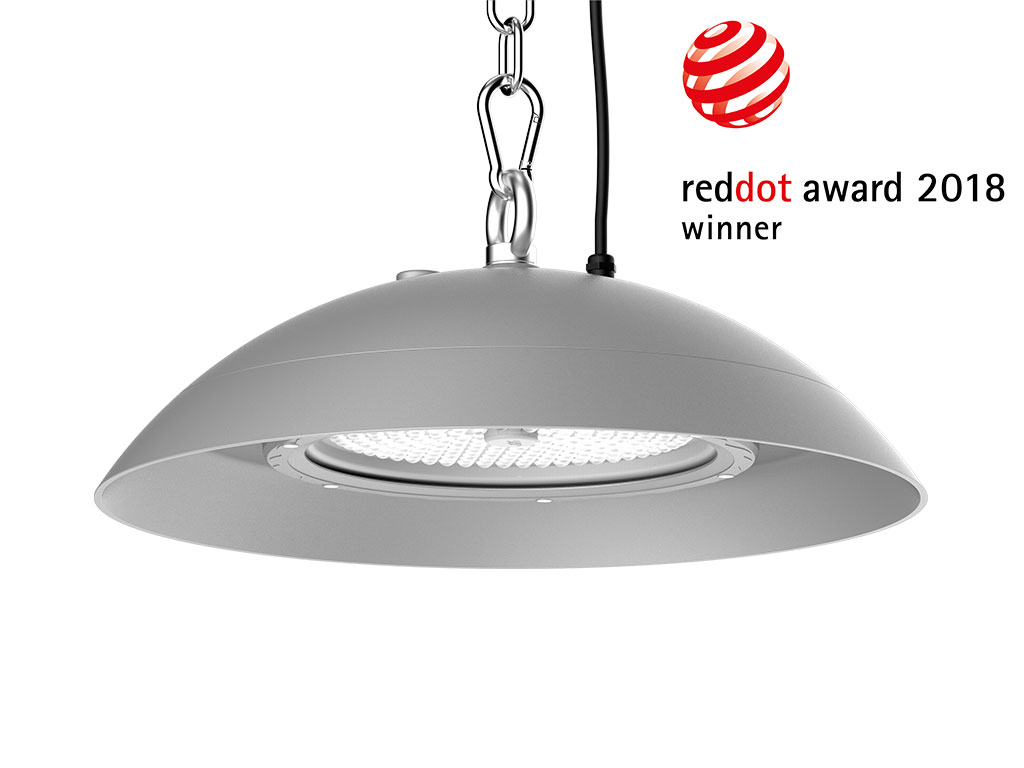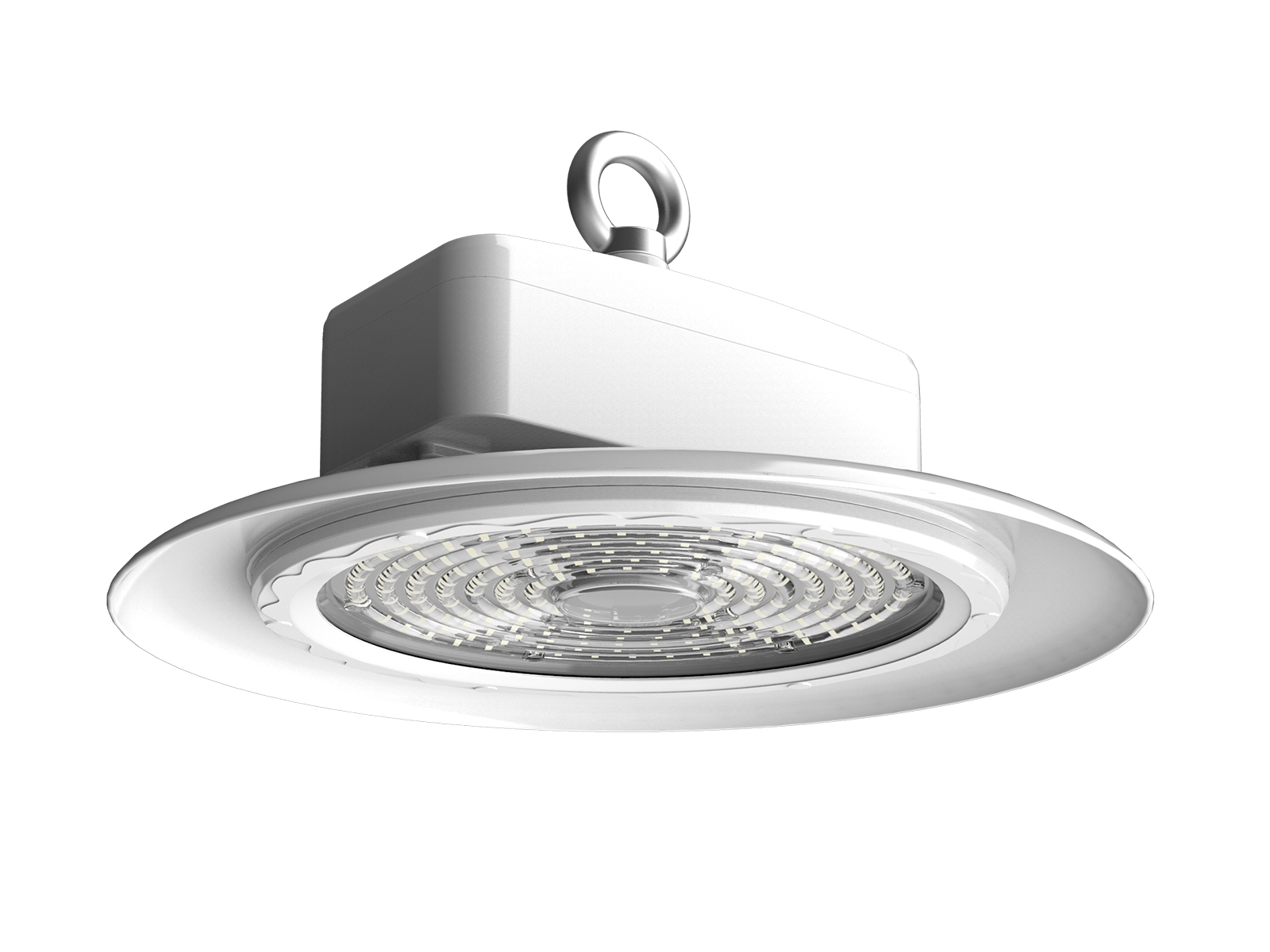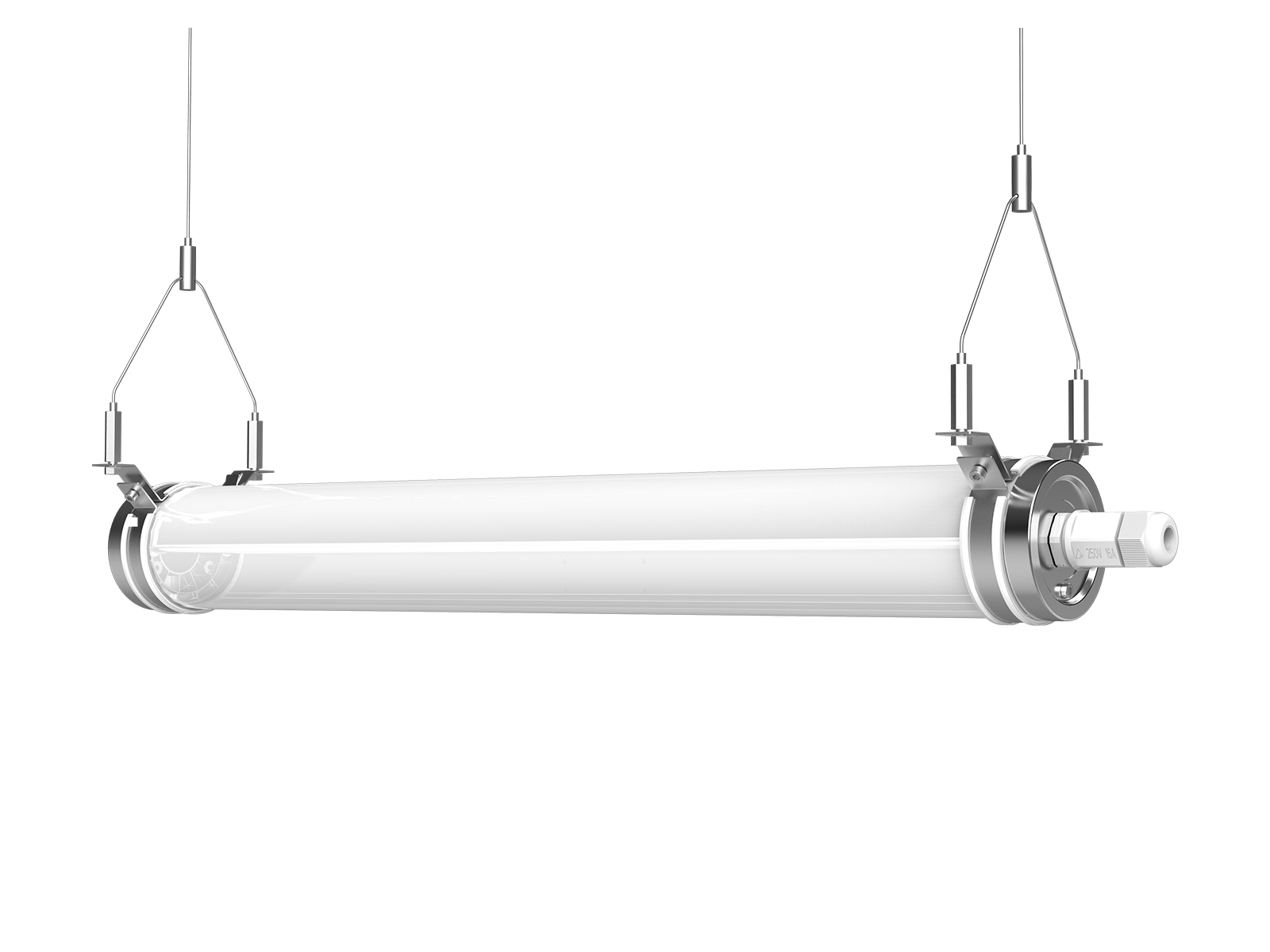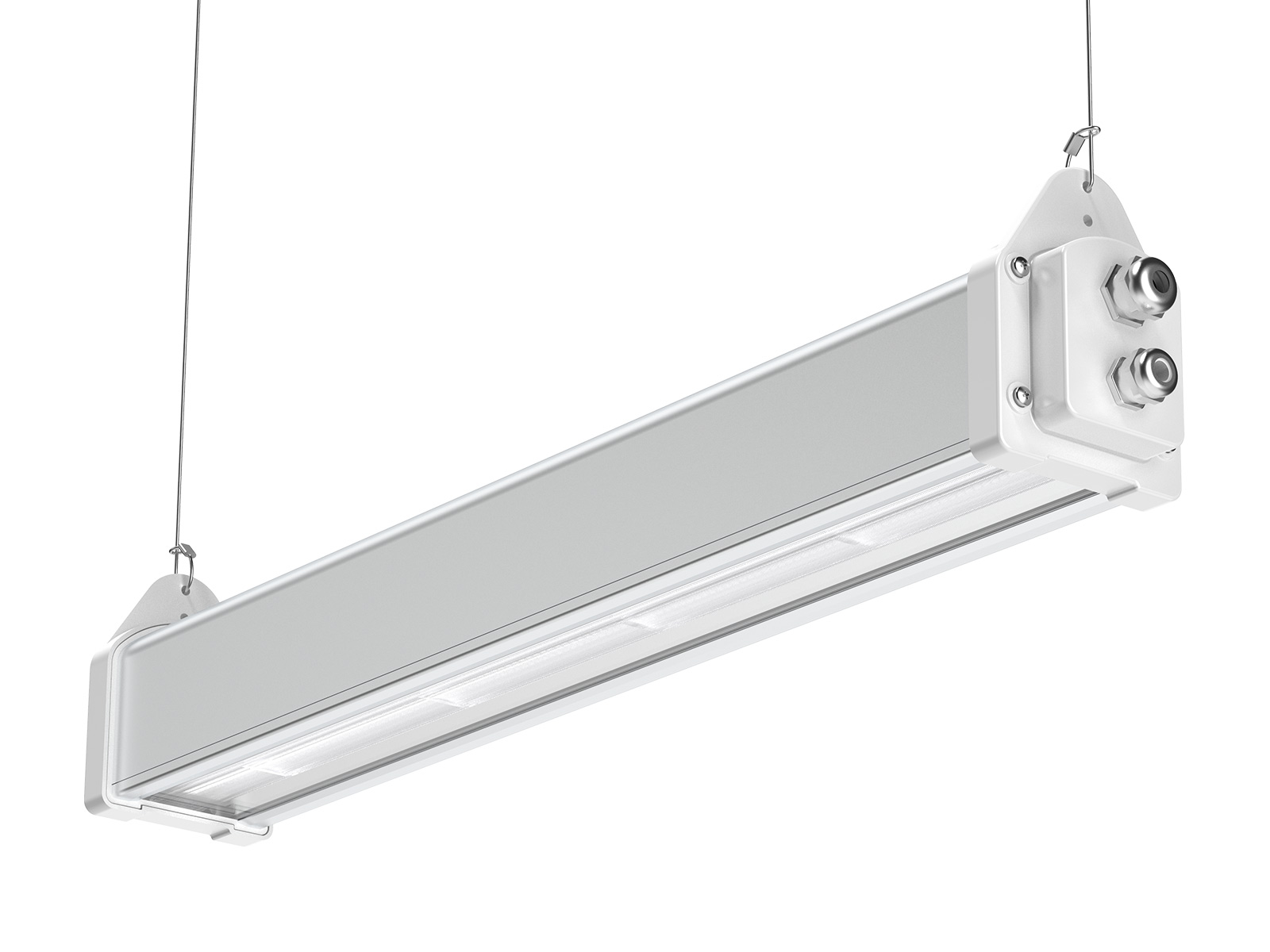When it comes to food safety, we usually only focus on the food itself, such as ingredients, processing, and packaging. Although it is true that the safety of food itself is critical, the risks of non-food items are often overlooked. Indeed, non-food items also have significant impacts on food safety. These items include cleaning chemicals, floor mats, lighting fixtures, temperature monitoring software, etc.
To ensure food safety, many non-food items should also be taken into account. HACCP is an internationally recognized system for managing food safety to eliminate and control hazards of non-food equipment, materials, and services. Food manufacturing businesses are required to have a HACCP certification to ensure food safety. You may find there are many HACCP-certified LED lighting fixtures on the market. What does HACCP certification mean for LED lighting?
What is the HACCP certification
HACCP certification is an international approval system that recognizes that a food business has a complete and comprehensive HACCP plan and has undergone an audit from an accredited third-party certification body in accordance with HACCP International. It represents some of the highest standards in food safety because HACCP-certified products must meet all criteria, not just the individual components.
HACCP stands for Hazard Analysis Critical Control Point. It is designed to eliminate hazards and reduce risk throughout the food supply chain, from production and preparation to packaging and distribution.
HACCP certification is important for food processors and manufacturers because it means the business is committed to ensuring food safety. It is a great tool to show your excellent food safety management system and increase economic competitiveness. Generally, the HACCP certificate expiry date is 12 months. The specific expiration depends on your choice of the third-party certification body.
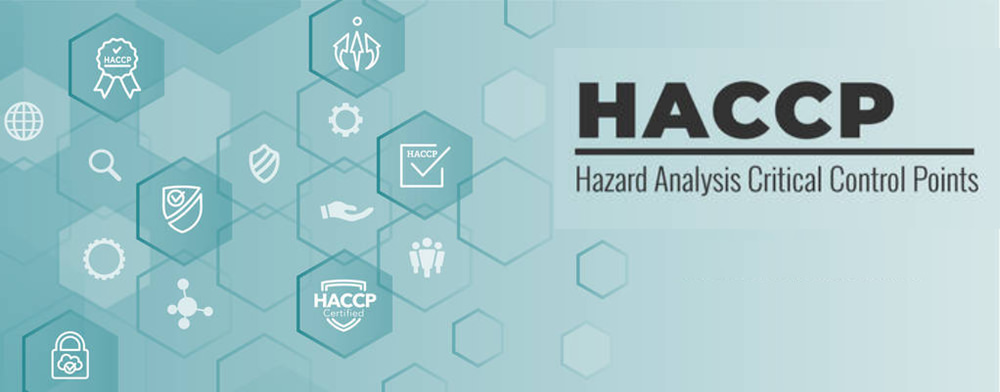
HACCP certification and LED lighting
It is clear that non-food items are also important for food safety. The HACCP-based program takes toxicity, materials, suitability, ease of cleaning, food safety claims, and other issues of non-food items into account.
To handle these issues effectively, HACCP classifies food-safe equipment materials and services in different zones. As one of the non-food items, LED lighting plays a vital role in food production. It falls within the HACCP scope under the SSZ category (Splash or Spill Zone).
Food zone classifications
|
HACCP International Food-safe Equipment Materials and Services Food Zone Classifications |
||
|
FZP (Food Zone Primary) |
Items are suitable for use in the food zone and are suitable for contact with food. |
Disposable gloves, probe thermometers, conveyor belts, piping bags, utensils, cutting boards, servingware, ice-making equipment, carcass tags, baking paper, and food storage containers. |
|
FZS (Food Zone Secondary) |
Items are suitable for touching food contact surfaces but are not expected to touch food during normal conditions of use. |
Cleaning cloths and non-woven wipes, scour pads, hard surface sanitizers, drum covers, brush-ware, food packaging labels, and washing-up detergent. |
|
SSZ (Splash or Spill Zone) |
Items are suitable for use in food handling areas such as kitchens, production areas, and processing areas, but are not suitable for coming directly into contact with food or items that will touch food. |
Floor mats, hand-soap dispensers, rapid-closing doors, light fittings, extraction hoods, mops, floor surfacing materials, hair nets, and insect control units. |
|
NFZ (Non-Food Zone) |
Items that are suitable for use in and around food handling facilities and that make a contribution to food safety but that are not suitable for use in areas where open (unpackaged) food is handled. |
Rodenticides, temperature monitoring software, laboratory equipment and analytical test kits, laundry equipment, and liquid insecticides. |
HACCP-certified lighting requirements
Here are the main requirements for HACCP-based food safety systems on LED lighting:
- Adequate lighting to ensure safe equipment operation
- Sufficient lighting to assist in cleaning
- Lighting fixtures to be functional and clean
- Lighting fixtures to be enclosed in processing areas
Through a consistent assessment process, HACCP International provides HACCP certification to LED lighting fixtures that are suitable for use within food handling and processing applications. HACCP-certified LED lighting fixtures mean:
- LED lighting fixtures can provide sufficient lighting to identify cleaning and inspect areas of food facilities, preventing accidents and ensuring safe operation.
- LED lights are made of a non-toxic, shockproof, splinter-free, smooth, and easy-to-clean material.
- No glass is used at all in the fixture housing. Thermal shock, vibration, and other possible dangers may cause glass fracture, resulting in potential contamination of the food stream.
- Fixtures are completely enclosed, and no part of the fixtures can come loose and contaminate the food production.
Benefits of LED lighting with HACCP certification
LED lighting fixtures that have HACCP certification can provide several benefits for the food business. The benefits are as follows:
- Reduce the risks and hazards in food production
- Increase consumer confidence in your products, and boost your sales
- Comply with food agency regulations, meet FDA and USDA requirements
- Improve your competitiveness against other products in international trade
- Gain entry to additional markets, increase appeal to global customers/partners
More info about HACCP: https://haccp-international.com/













